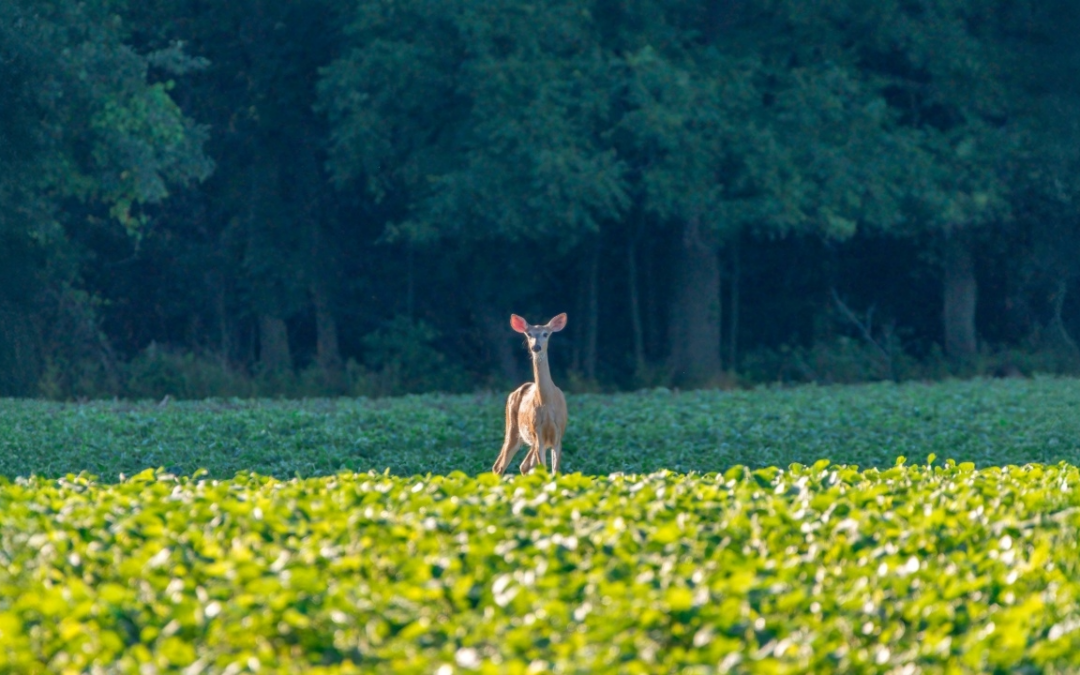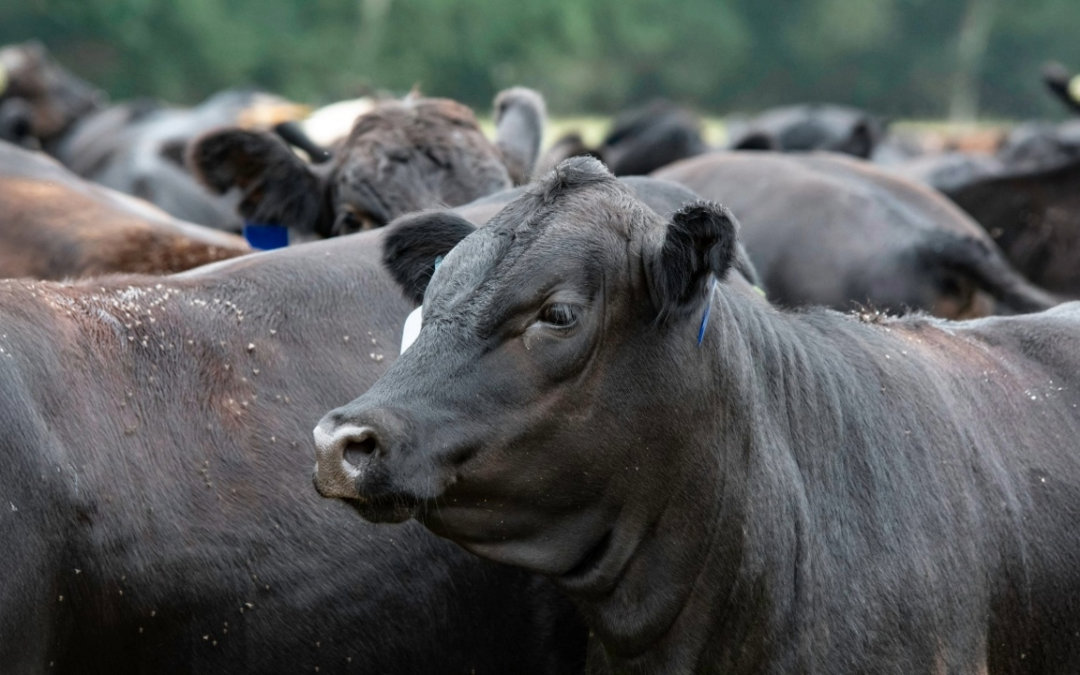by NATHAN KELLY and JAMIE CREAMER
 A simple, economical tool that could be used to detect and identify harmful bacteria on food products in minutes instead of days and could significantly reduce the incidence of foodborne illnesses in the U.S. and beyond is in the works in biochemist Jacek Wower’s laboratory on Auburn University’s Ag Hill.
A simple, economical tool that could be used to detect and identify harmful bacteria on food products in minutes instead of days and could significantly reduce the incidence of foodborne illnesses in the U.S. and beyond is in the works in biochemist Jacek Wower’s laboratory on Auburn University’s Ag Hill.
The technology that Wower, Department of Animal Sciences professor and Alabama Agricultural Experiment Station scientist, is developing is based on ribonucleic acids, more commonly known as RNAs, and RNA aptamers, which are molecules that can be engineered to recognize and bind to disease-causing bacteria and other targets, such as harmful chemicals.
“What we are doing is exploiting the biochemical and physical properties of RNAs to produce inexpensive, programmable biosensors for rapid and reliable detection and analysis of pathogens in foods as they are processed,” says Wower, who has four decades’ experience in RNA molecular research and nanotechnology.
RNAs are molecules that exist in all living cells and play several roles in processing proteins and in the transfer of some genetic information. What Wower has produced is a complex network of RNA aptamers that he has programmed to target as many as five different pathogens and that can be applied to food products as a spray. As developed by Wower, the RNAs will bind to any of the targeted pathogenic bacteria on the product and emit a fluorescence that can be seen when viewed with an affordable blue-light transilluminator, a device that costs a fraction of the equipment currently needed to detect pathogens.
“This technology would allow processors, farmers or anyone else who comes in contact with food before it reaches the consumer to know almost immediately that harmful bacteria are on the surface,” Wower says, noting that RNA poses no danger to humans.
Thus far, Wower has tested the system only on fruit, but he plans to expand the testing to animal carcasses during processing. In addition to reducing the number of foodborne illnesses each year, the technology also could avert many costly food recalls, he says.
Already, Auburn’s Office of Technology Transfer has made available for licensing a similar technology developed by Wower, and Jong Wook Hong in the Department of Materials Engineering that laboratory workers could use to detect three common RNA degrading agents on their work surfaces in minutes.
Wower’s biosensor work is supported by a $380,000 grant from the National Science Foundation, with supplemental funding through the Alabama Agricultural Experiment Station.





